polar bear life cycle national geographic
3 to 5 inches. Polar bears can live up to 25 or 30 years in the wild.
Polar Bear National Geographic
They could imagine they are a polar bear adult or cub and write about their different experiences in the Arctic eg.

. As temperatures rise and sea ice melts. The oldest known polar bear. Overview Science Data Publications Pregnant polar bears enter maternity dens in OctoberNovember give birth to cubs in DecemberJanuary and exit dens in MarchApril.
A forest owned by the US. The polar bear evolved one to three million years ago from the brown bear which still ekes out a marginal life along the northern shore of the Arctic oceans. Navy in Indiana ensures that the USS.
In December 2017 a viral video left millions of people saddened and horrified by the sight of an emaciated polar bear forced to scavenge in trash cans for food on Canadas. Life Expectancy Polar bears can live as long as 30 years though most dont make it past 25. Most important of these is foraging or access to food.
Constitutionnamed by George Washington and built with bolts forged by Paul Reverestays. 25 to 30 years. One year after a photograph and video of a thin dying polar bear National Geographic alleged was near death due to climate change the publication has finally admitted.
Denning habitat along the Alaska coast is being threatened by increasing coastal erosion due to climate change Durner et al. 900 to 1600 pounds. Polar bears almost exclusively eat seals and.
Polar bears often rest. The maximum lifespan of polar bears in the wild is 30 years. This starving polar bear was spotted by National Geographic photographer Paul Nicklen while on an expedition in the Baffin Islands.
The oldest captive bear on record was named Debby and she lived to the age of 42. Ask pupils to write an account about a day in the life of a polar bear. With the help of a one-of-a-kind local tracker we find a female polar bear fresh out of.
Polar bears are tied to the sea ice for nearly all of their life cycle functions. In this episode we witness one of the Arctics most magical moments. Average Life Span In The Wild.
The proportion of polar bear maternal dens on pack ice decreased between 1985 and 2005 in the Southern Beaufort Sea as fall ice freeze-up was delayed and stable ice and snow cover declined Fischbach et al. However pup mortality is high and very few polar bears make it past 15 years 1. After a period of several weeks acclimatization the mother and cubs begin their trek to the sea ice to feed on seals.
725 to 8 feet. Polar bears primarily eat seals. Unlike the massive polar bear which can grow huge on a diet of abundant seals its ancestor in the Arctic is small has very lower reproductive rates and eagerly eats almost anything that exists in its environment.

The Life Of A Baby Polar Bear Ep 4 Wildlife The Big Freeze Youtube

National Geographic Kids Mission Polar Bear Rescue Children S Book By Nancy Castaldo Karen De Seve Discover Children S Books Audiobooks Videos More On Epic

Polar Bear National Geographic

Polar Bear Photos Facts And Map
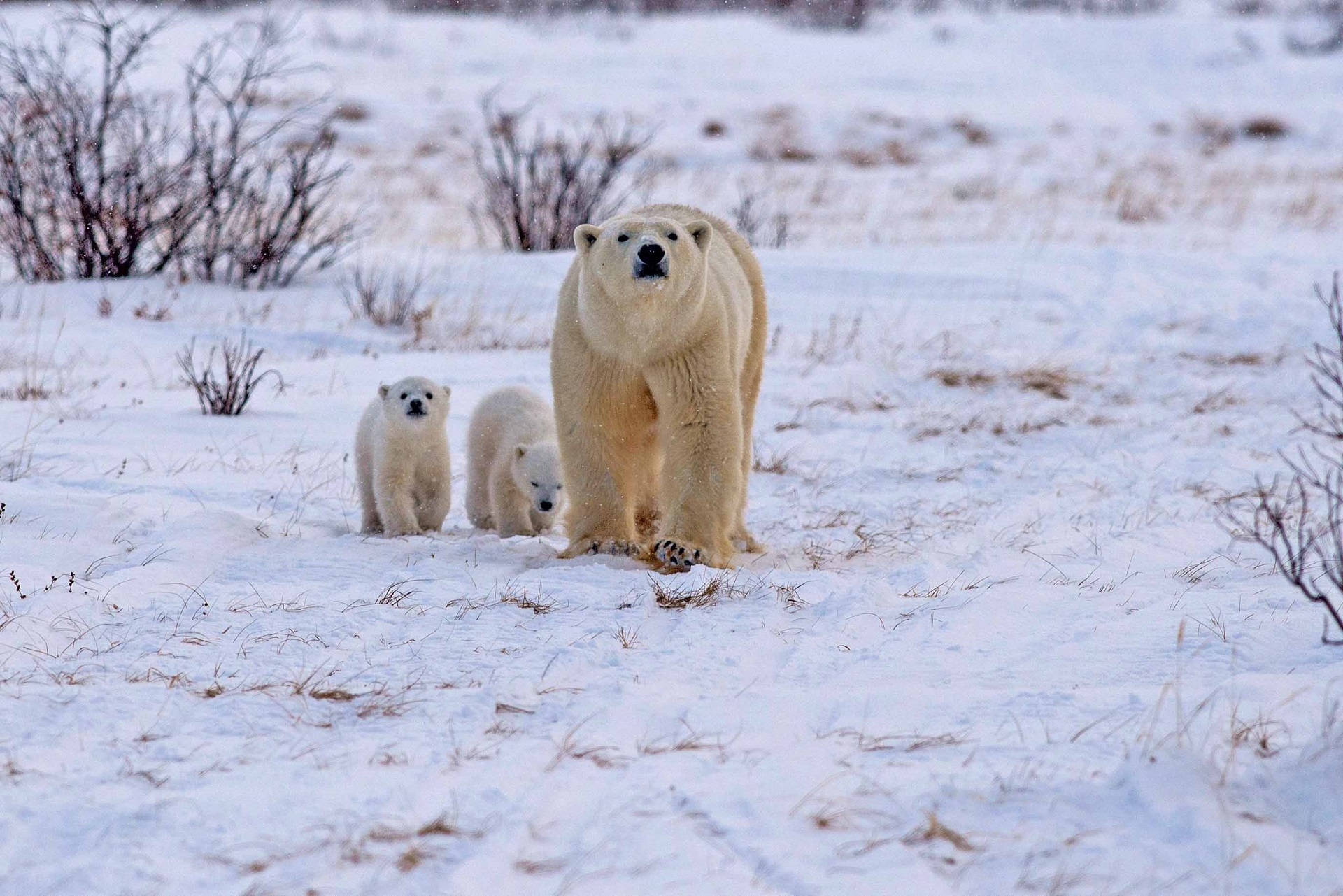
The Polar Bear Life Cycle Churchill Wild Polar Bear Tours
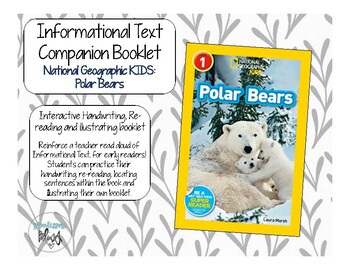
National Geographic Polar Bears Teaching Resources Tpt

Polar Bear Life Cycle And Parts Of A Polar Bear Free Printable Montessori Nature

Polar Bear Photos Facts And Map
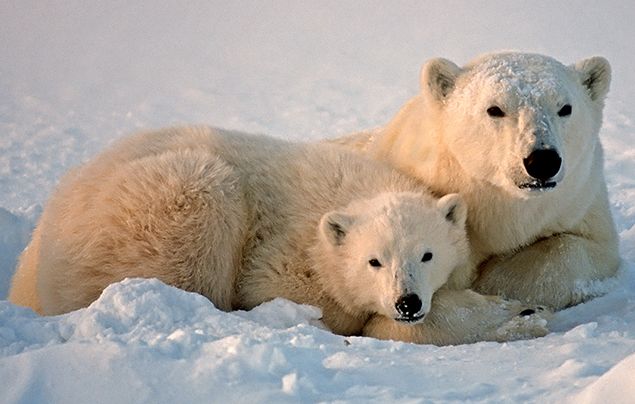
10 Facts About Polar Bears National Geographic Kids
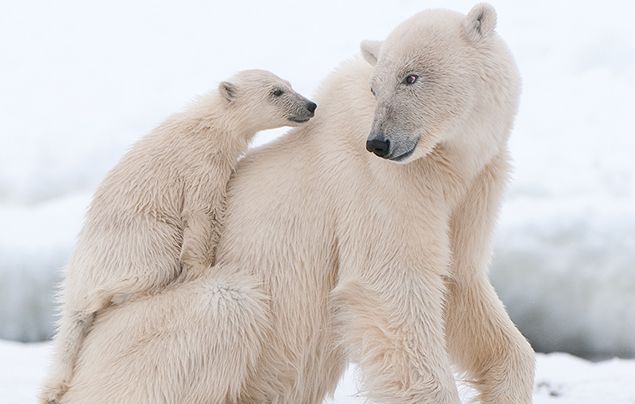
10 Facts About Polar Bears National Geographic Kids

Polar Bear Amazing Animals Youtube

Polar Bear National Geographic
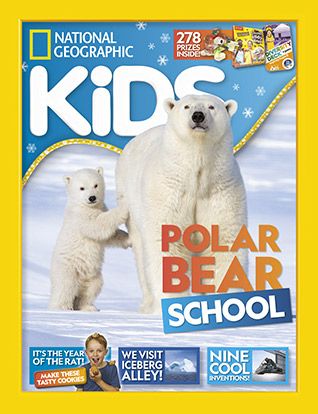
10 Facts About Polar Bears National Geographic Kids
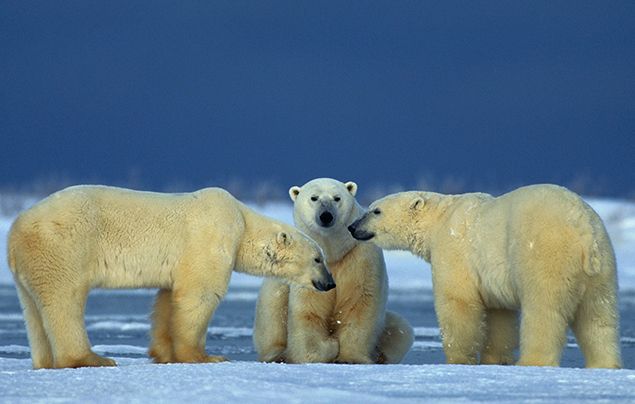
10 Facts About Polar Bears National Geographic Kids

Polar Bears Read Aloud For Children Youtube

Shocker National Geographic Admits They Were Wrong About Starving Polar Bear Video Watts Up With That


